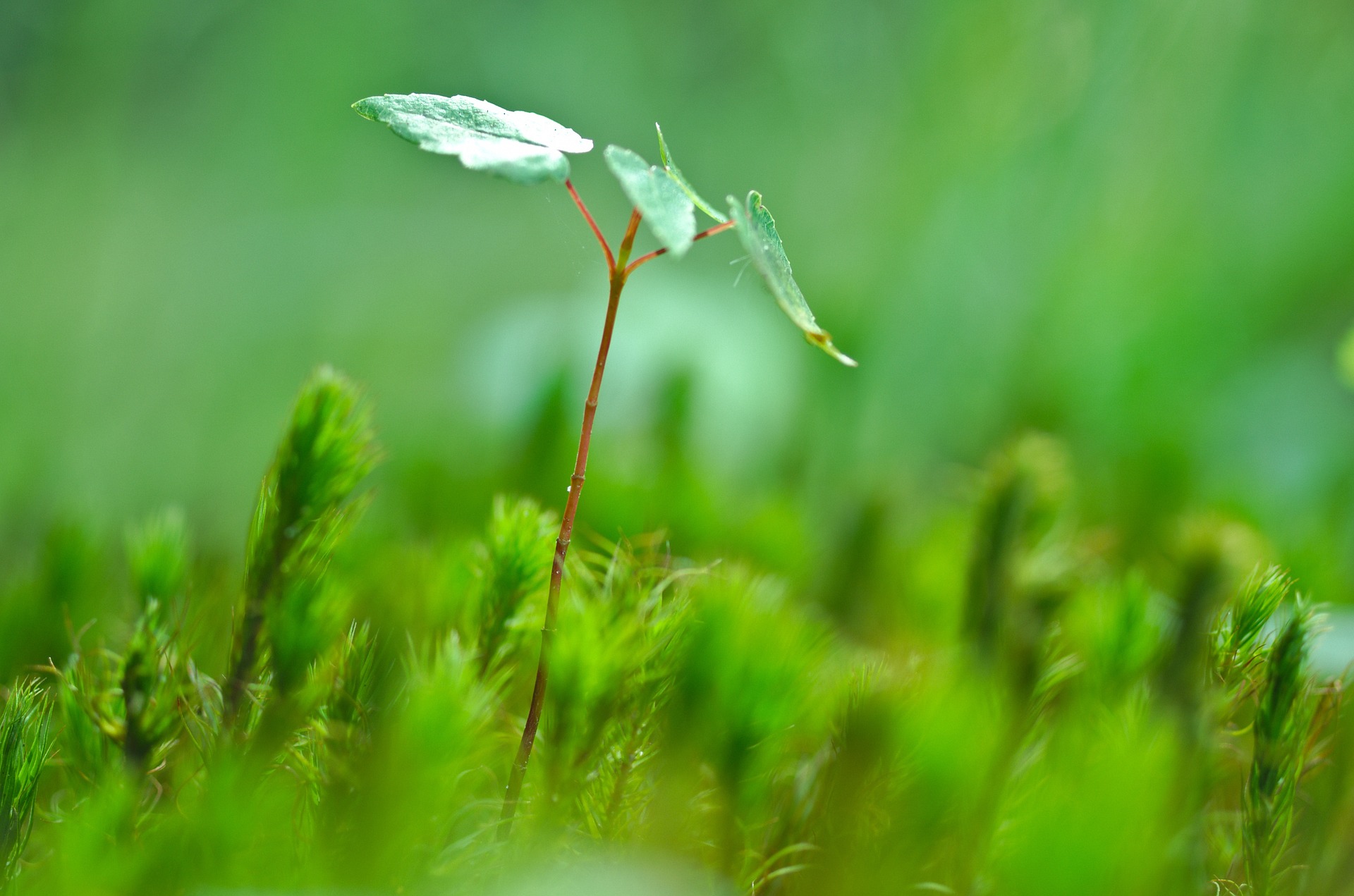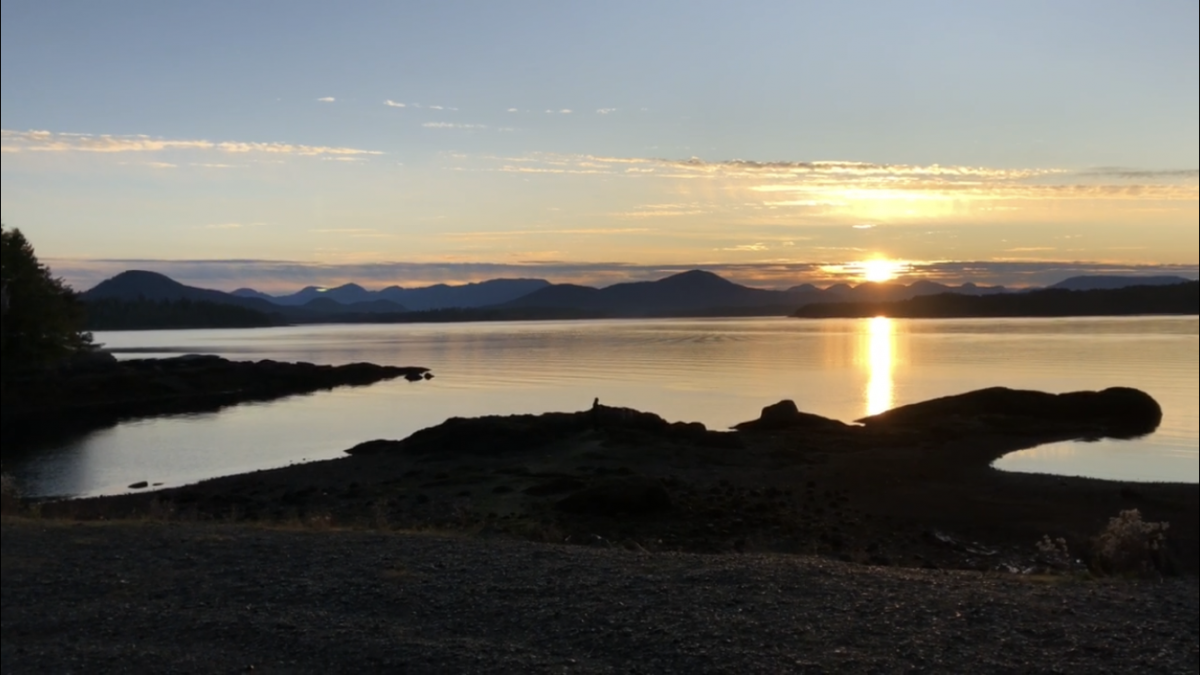
In 1972, two years after the alarm bell of the first Earth Day, law professor Christopher Stone made the case for legal rights for nature in Should Trees Have Standing? Toward Legal Rights for Natural Objects.
This was not a new idea. The rights of nature have been at the centre of Indigenous and other legal systems for millennia. Yet in 1972, at the dawn of the environmental law era, the idea that nature itself, in the form of a forest or a river, a bird or a whale, could launch a court action was viewed as downright bizarre.
Half a century later Stone’s article seems prophetic. Legal rights for nature are taking root. From Ecuador to Australia and right here in North America, Indigenous, federal, state and local governments and courts recognize nature’s rights. The sprouts of hope are shooting up all over.
Unthinkable? Imagine the world with rights for nature
“Throughout legal history, each successive extension of rights to some new entity, has been, theretofore, a bit unthinkable.”
- Christopher Stone
Abolishing slavery, allowing women to vote, affirming Indigenous peoples’ rights, providing that marriage is available to all, regardless of sexual preference or identity – these ideas once seemed “odd, or frightening or laughable,” as Professor Stone noted in 1972. Thanks to committed social change movements, all these legal rights are now recognized.
Recognizing that nature itself has legal rights means that nature is not just seen as a resource for humans to own and exploit. It means that nature has intrinsic value, as at least one treaty, the Convention on Biological Diversity, already recognizes.
This ecocentric approach to law is a major shift away from the idea of nature as human property. It also differs from the concept of the human right to a healthy environment, which places humans at the centre of the need for laws that set limits on degradation of nature.
Stone proposed three basic legal rights that nature, or a component of nature, should have:
- that nature or a component of nature, through a representative, can institute legal actions on its own;
- that a court must take injury to nature or its component into account; and
- that legal relief be granted for nature’s benefit.
If nature had these rights, we can imagine our legal systems functioning in radically different ways. For example:
- Judges would penalize tree poaching so that a fine would include the loss to the forest ecosystem of a 300-year-old tree, in addition to the full market value of selling such a tree. While the theoretical maximum fine is up to $1 million under BC’s Forest and Range Practices Act, three-quarters of the fines handed out from 2007 to 2013 for timber poaching were for less than $5,000 and the maximum amount has never been imposed.
- Enforcement of prohibitions on trade in endangered wildlife would be ramped up through legal remedies directly sought by the scaly pangolin, the horned rhino and the tusked elephant.
- The climate itself could join the chorus of youth groups suing governments for repeated and reckless failure to meet international emission targets.
Rights for the Heiltsuk’s Ocean Relatives – A hypothetical example based on the Nathan E. Stewart spill
The radical potential of rights for nature is revealed by re-envisioning a recent case.
In 2016, the Nathan E. Stewart barge spilled 110,000 litres of diesel fuel and lubricant oils, polluting a wide swath of ocean in the territory of the Heiltsuk Nation near Bella Bella BC. Harvesting of clam, cockles, halibut, crab, ling cod and rock cod – essential community food sources – halted.

The Heiltsuk Nation produced its Dáduqvḷá report, applying its own laws to the incident and commenced a civil lawsuit against the operator and the federal and provincial governments. A judge convicted the barge operator and issued a fine of almost $3 million.
If the ocean itself had rights under Canadian law, as expressed in Heiltsuk law under the H̓aíkilaxsi c̓isḷá w̓áw̓áx̌tusa gáyáqḷa qṇts dṃxsax̌v, Respecting and Taking Care of our Ocean Relatives - Haíɫzaqv (Heiltsuk) Nation Oceans Act (now in draft form), what might have been different?
First, the legal right and responsibility of the Heiltsuk to advocate for their ocean relatives would be recognized.
Second, the calculation of damages would focus on restoration of the ocean and its inhabitants to at least a pre-spill state.
Finally, the ocean itself would be one of the beneficiaries of the damages. The award for restoration would be considered holistically, recognizing the interconnections between damages suffered by community members as marine life harvesters and for cultural losses, as well as to their ocean relatives.
The ripple effect – Nature’s rights are spreading worldwide
Nature’s rights are taking root throughout the world. Legislation and courts give rivers a voice in New Zealand, India and Australia. In Colombia, a court ordered the government to create an “Intergenerational pact for the life of the Colombian Amazon” to protect the rights of the forest. Another court found that the Atrato River in Colombia has rights to “protection, conservation, maintenance and restoration.” Constitutions enshrine the rights of Mother Earth or Pachamama in Ecuador, and in Bolivia.
The United Nations, which ushered in the age of universal human rights with the adoption of the Universal Declaration of Human Rights in 1948, now promotes nature’s rights laws in its Harmony with Nature initiative.
Here in North America, several Indigenous nations have also drafted written laws that recognize rights of nature:
- The 2019 Yurok declaration of rights for the Klamath River states the California tribe’s intention to pass an ordinance establishing a Tribal law which will grant the Klamath River, its ecosystem, and its species standing in causes of action against entities inflicting them harm.
- The 2019 White Earth Band’s Rights of Manoomin ordinance grants legal rights to Manoomin, or wild rice, including the rights to:
- pure water and freshwater habitat;
- a healthy climate system; and
- to be free from patenting and genetically engineered organisms.
The Ordinance provides that Manoomin can enforce its rights in any appropriate court.
- The Menominee Tribe’s “Recognition of the Rights of the Menominee River” resolution, passed in January 2020, states that the River has the right to naturally exist, flourish, regenerate, and evolve, as well as the right to restoration, recovery, and preservation, among other rights.
Nature’s rights germinate in many legal systems. 2019 was a banner year.
In Western Australia, a Rights of Nature and Future Generations Bill was tabled in Parliament that would give any person the ability to bring a suit to defend the rights of nature, including all ecosystems, ecological communities and native species.
In Sweden, Green Party MP and biologist Rebecka Le Moine introduced a proposed amendment to the Instrument of Government, the nation’s constitutional document, that would secure the Rights of Nature to “existera, blomstra, regenerera och utvecklas“ (naturally exist, thrive, regenerate, evolve, and be restored).
The Congress of the State of Colima in Mexico approved an amendment to the Colima state constitution recognizing the Rights of Nature.
And the passage of Uganda’s new National Environment Act confirms nature’s right to exist, persist, maintain and regenerate its vital cycles, structure, functions and its processes in evolution; and the Government’s duty to apply precaution and restriction measures in all activities that can lead to the extinction of species, the destruction of the ecosystems or the permanent alteration of the natural cycles.
How else could the world be transformed by legal rights for nature?
Fifty years after the first Earth Day, environmental law has blossomed. But the health of the natural world continues to suffer. With the exception of endangered species laws, most environmental laws were passed for the benefit of people, and aimed to regulate environmental damage, not stop it altogether.
What the world needs now is “a legal revolution that could save the world” – to borrow the subtitle from the UN Special Rapporteur on Human Rights and the Environment David Boyd’s book The Rights of Nature.
The goods news is that this legal revolution has already begun. New rights of nature initiatives sprout everywhere we turn.
In addition to the examples above, see the spate of municipal ordinances and declarations focussed on community and nature’s rights, spearheaded in the U.S. by NGOs such as the Center for Environmental Rights and Community Environmental Legal Defense Fund, and in Canada by the David Suzuki Foundation through its Blue Dot program. West Coast’s RELAW program is also working with a number of Indigenous nations to articulate how rights of nature and other beings are understood within their distinct legal traditions.
First sprouts, then saplings, then on to trees and groves. On Earth Day let’s hope that soon a healthy forest of nature’s rights transforms our legal ecosystem.

Top image: Young Tree (Pixabay) | Middle image: Heiltsuk Territory (Julia Kidder) | Bottom image: Grizzly Bears (Pixabay)